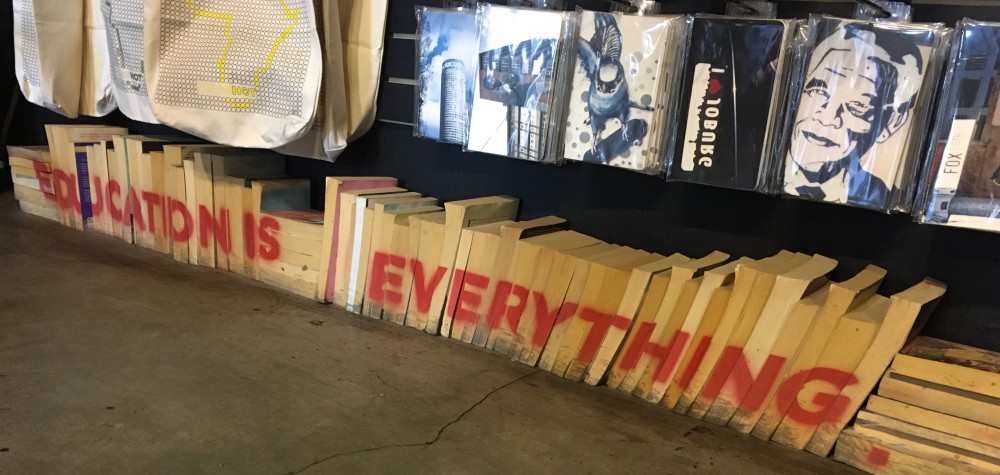Entering Soweto via the Diepkloof Extension (where some of the houses can cost in the millions) we proceed through the township to soak up sites and sounds.
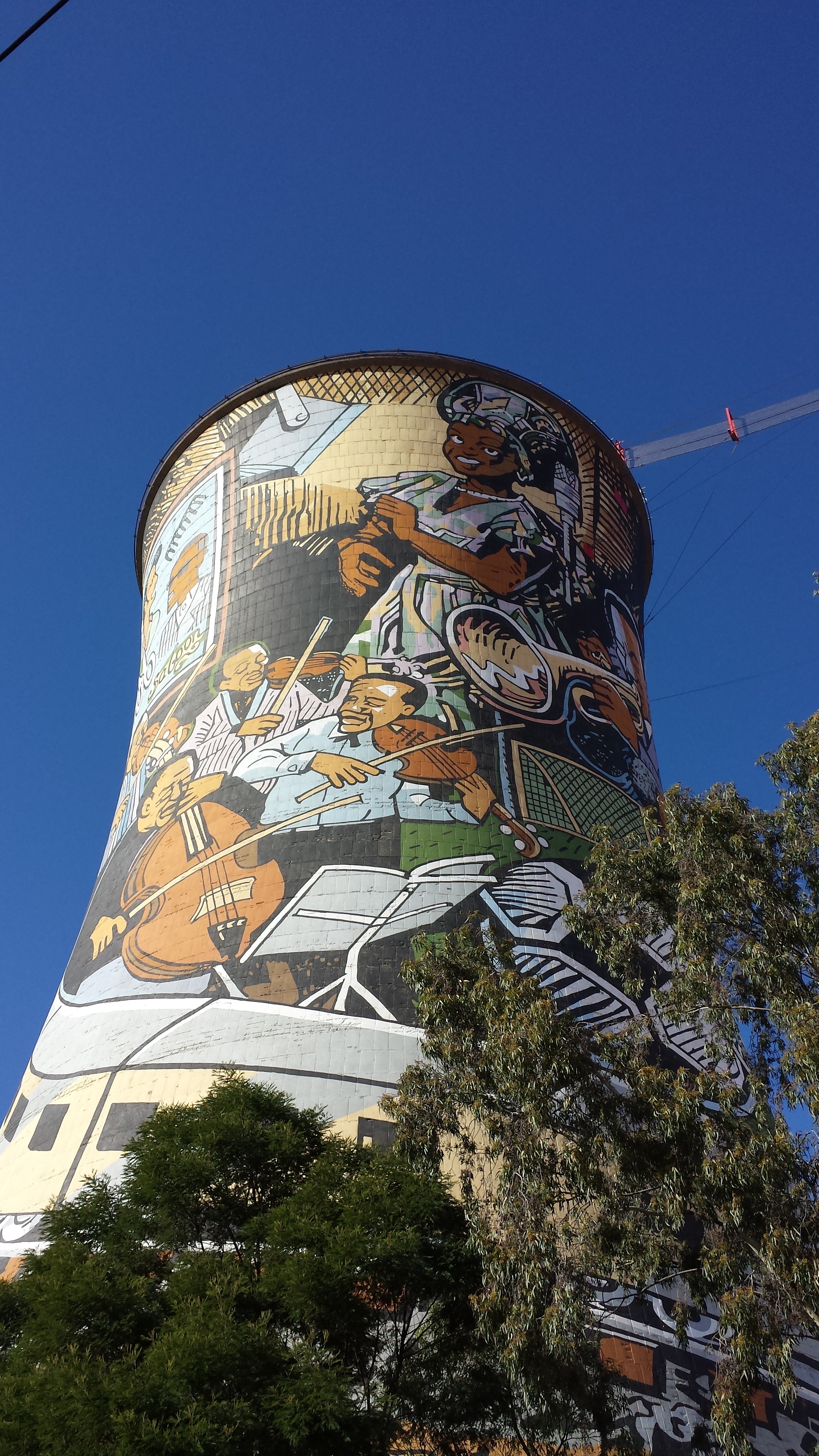
We drive through various suburbs, including the suburb of Orlando where the famous cooling towers still stand out on the horizon and where many political influencers once lived.
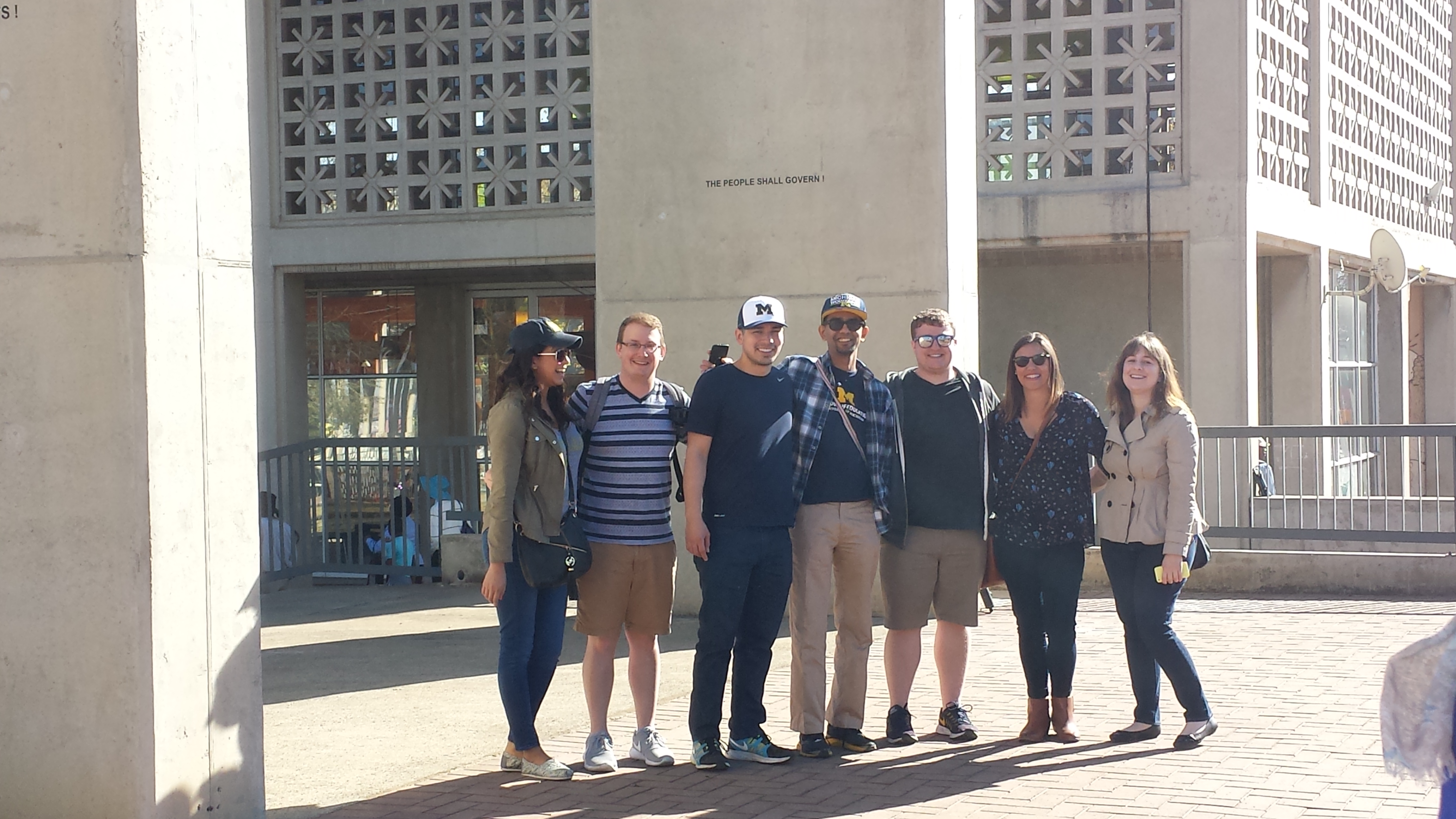
We stop at the Walter Sizulu square of dedication in Kliptown, the oldest suburb in Soweto, where the freedom charter was signed.

From there we visit the Kliptown Youth Program to learn from one of the co-founders about the good work being done there.
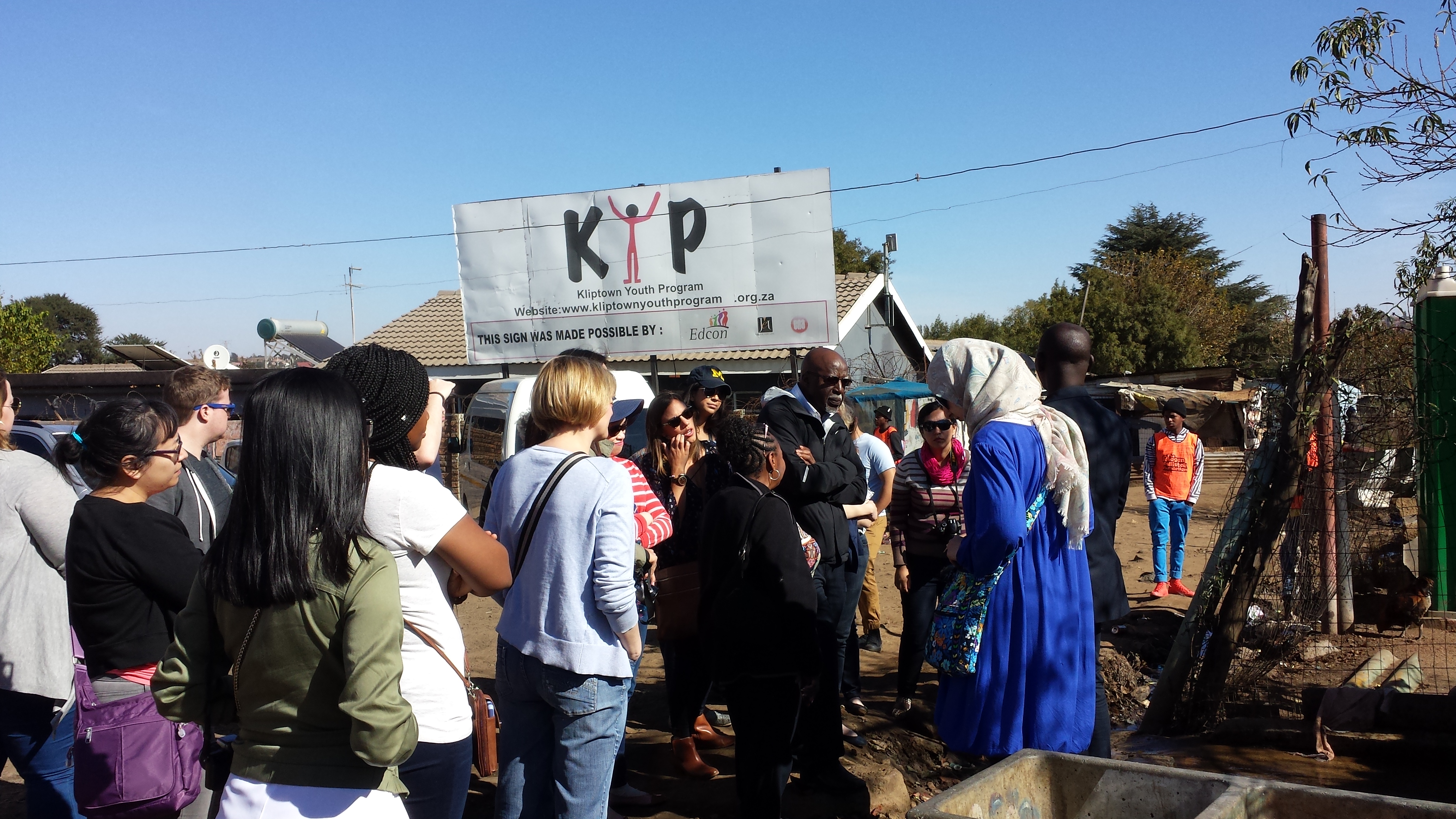
KYP serves over 400 local young people, providing meals, after-school tutoring and programs, and access to resources. The day of our visit coincides with the tenth anniversary of KYP’s founding. It is being celebrated by supporters and beneficiaries alike, and as we leave the campus they are applauding the arrival of a new passenger vehicle which will extend the reach and services they are able to provide.
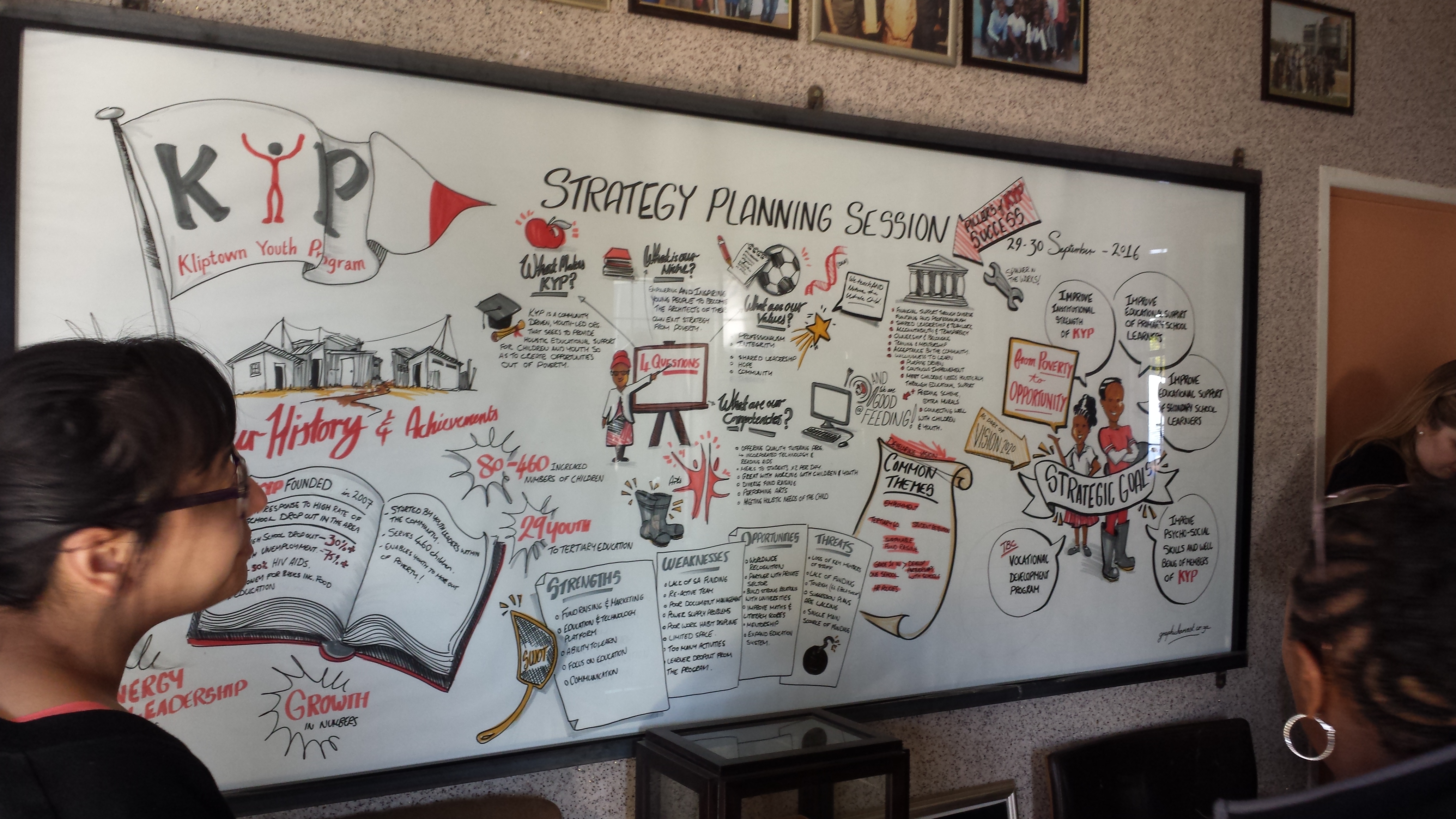
We visit the Nelson Mandela house museum and Vilakazi Street, which is the only street in the world where two Nobel Peace prize-winners lived.
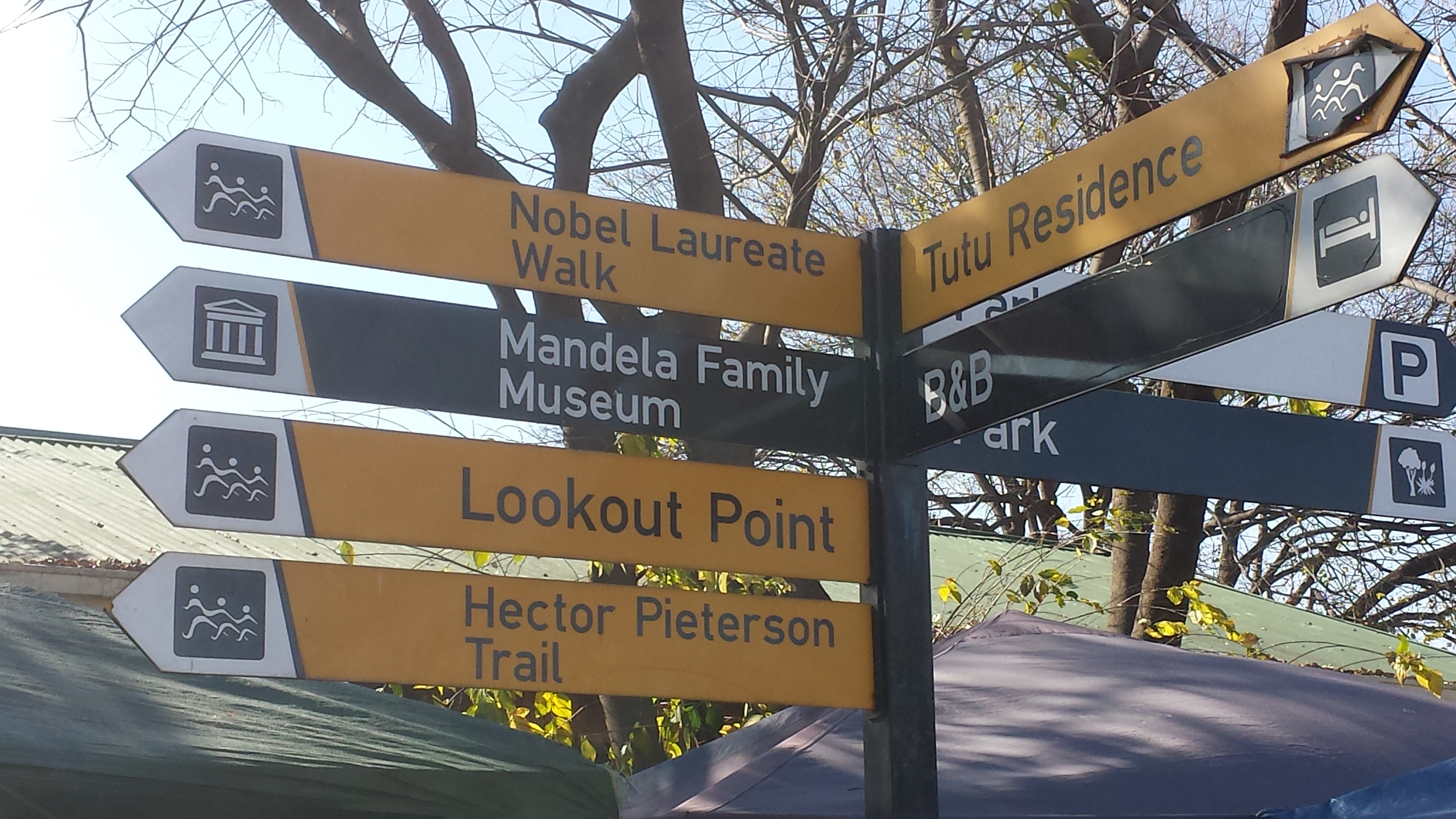
The Apartheid Museum, opened in 2001, focuses on with 20th century South Africa, at the heart of which is the story of apartheid.
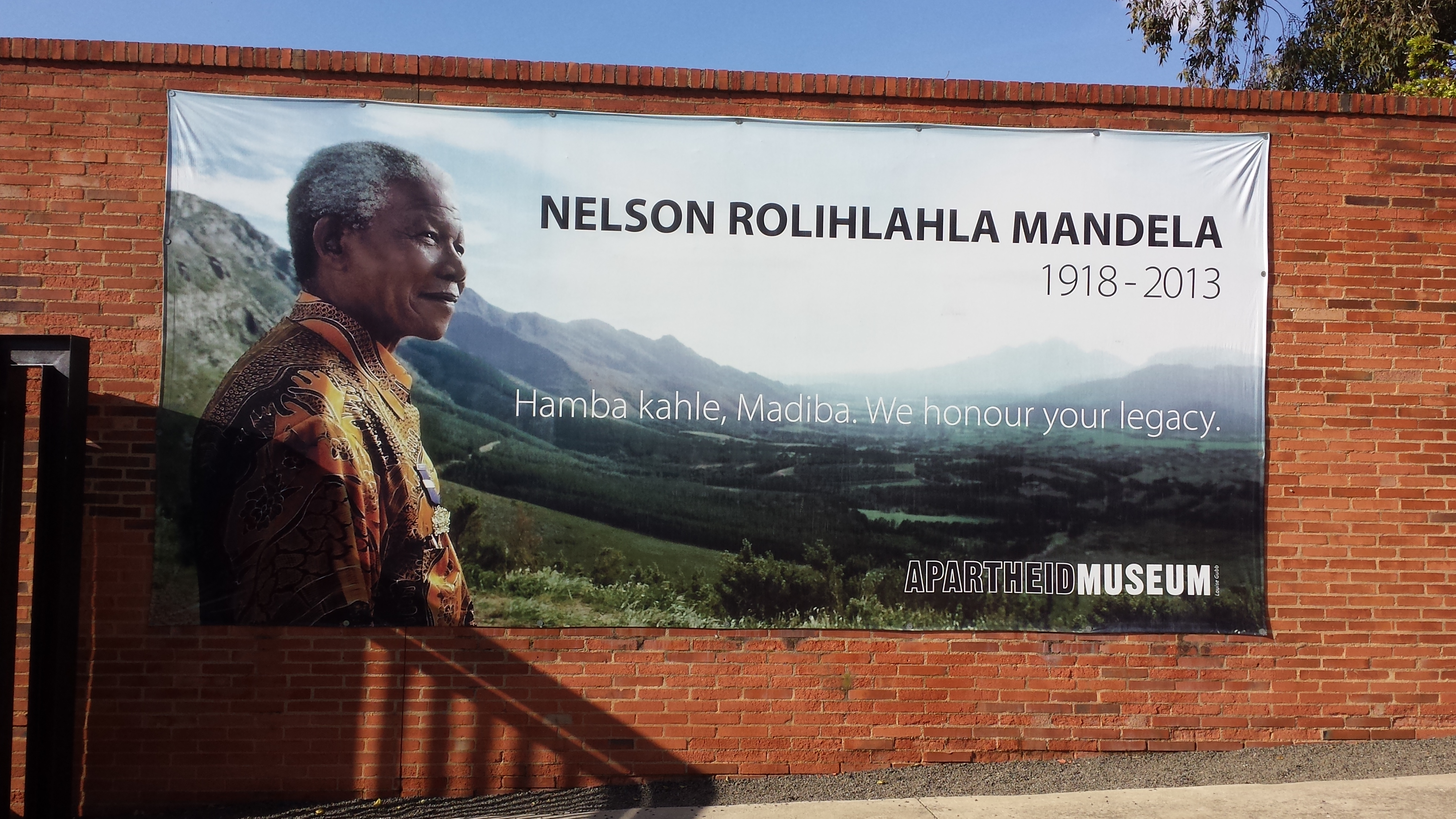
Of our time in South Africa, this day is one of the harder to process. We attempt a group debrief session at the end of the day, but the emotions of being in this space are still too raw. We briefly discuss our experiences over the past week with the realization that we are only beginning to scratch the surface of understanding this very complex context. As has been described to us by so many people up to this point, as a young democracy South Africa does not have the luxury to solve one problem at a time. Instead, very complex social challenges must be worked on simultaneously and together.
Tour of Soweto
Up until our day in Soweto, we had a somewhat narrow view of Johannesburg. Up until that day, we shuttled from hotel to hotel for the conference, received tea and treats at every break, and enjoyed a lavish gala. The contrast could not have been greater between our experiences thus far and driving through Soweto. We arrived in Kliptown, a neighborhood in Soweto, and met our guide Sipho Dladla, deputy director at Kliptown Youth Program. He guided us through the neighborhood towards their headquarters. We saw homes made from billboard siding, cinderblocks, and anything people could find. We walked by the portable toilets, all pad locked, that were used by community members. Gathering at the main water source, a spout, Mr. Dladla explained this spot was like Facebook where news and events were shared. We could see soiled water flowing through the rocky pathways of Kliptown.
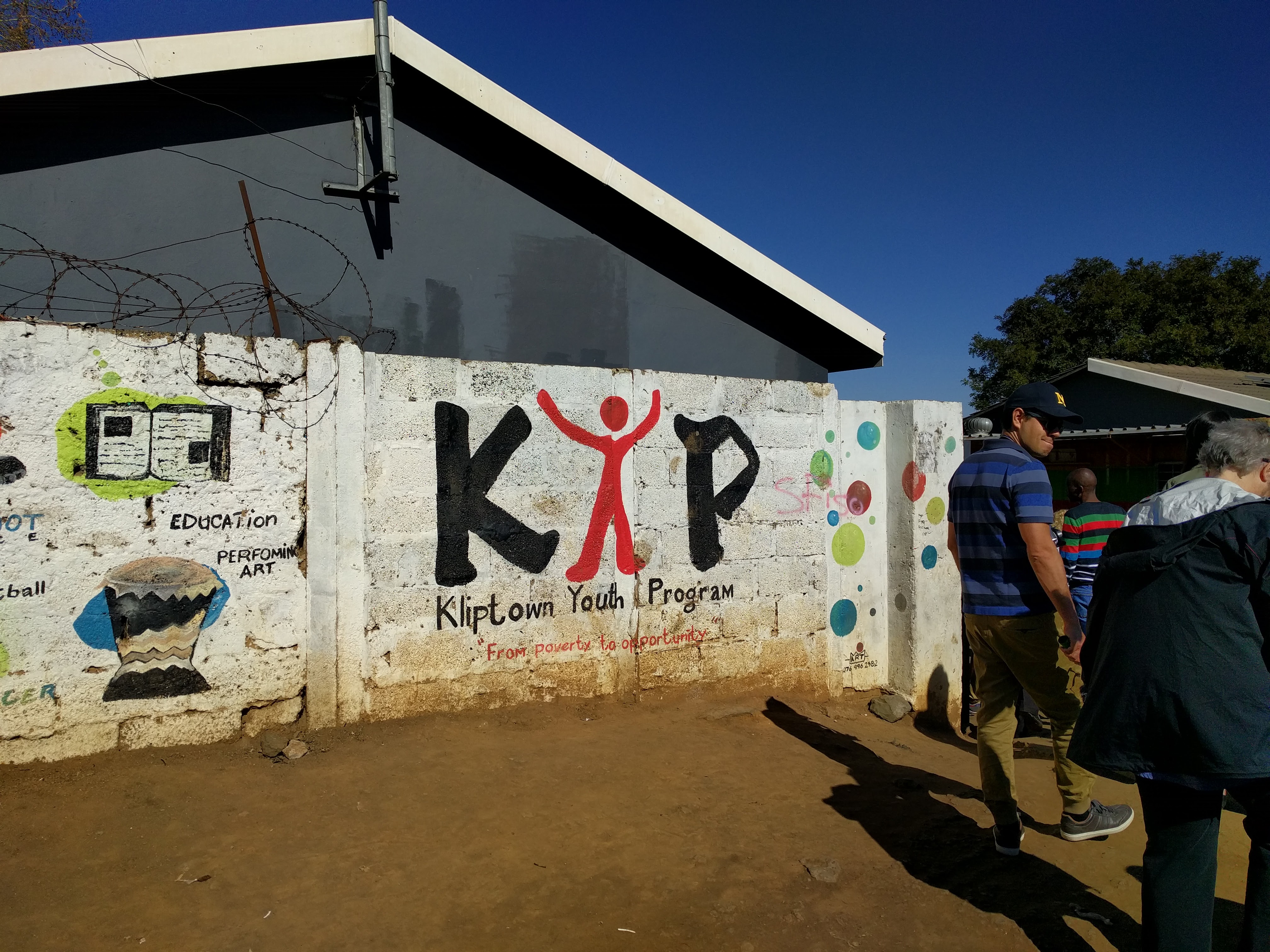
We walked around Kliptown Youth Program on a momentous day, the 10th anniversary of the organization. Children were gathered outside, listening to speakers and entertainers. We learned about the educational and food program. KYP provides meals for over 400 kids a day, using healthily ingredients, prepared by parents in the community. WE enjoyed a performance by their Gumboot dance troupe, a dance akin to stepping performed in heavy rubber boots. It was most inspiring to hear from Mr. Dladla, who said though he has not gone through higher education, he has dedicated his life so that others can have greater opportunities. His commitment to KYP and the children was apparent. He spoke with such passion about the mission, goals, and accomplishments of the organization. As we were leaving, there was a great commotion. Children, parents, and staff were cheering the arrival of a brand-new van, decorated with KYP logos and pictures. It was like observing a private moment of joy and hard work. Leaving Kliptown I was struck by the contrasts of our trip and grateful for the chance to meet Mr. Dladla and others at Kliptown Youth Program trying to improve the futures of young people.
–Kamaria Porter, doctoral student
********************************************
Apartheid Museum
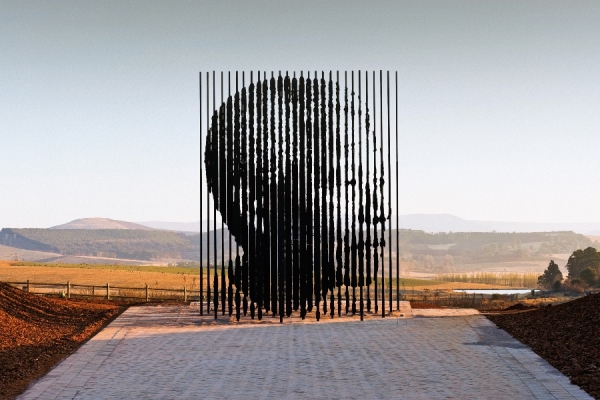
It is said that great leaders are those who inspire, those that have the best interest of others in mind–but revolutionary leaders are the giants, the peacemakers, visionaries, disruptors and shakers who leave a legacy for the common good of society. Nelson Mandela was that kind of revolutionary leader who brought an end to apartheid, a long history of institutionalized racism in South Africa.
Upon our last day in Jo’berg, our group visited the Apartheid museum. You cannot understand the country’s history without paying a visit to the museum in which chronicles South Africa during the Apartheid period and commemorates the great legacy of Mandela’s leadership under a new South African democracy.
Upon entering the museum, you stumble across one of the many Mandela quotes that sets the stage for the common theme of freedom at the museum.
“To be free is not merely to cast off one’s chains but to live in a way that respects and enhances the freedom of others” (1999).
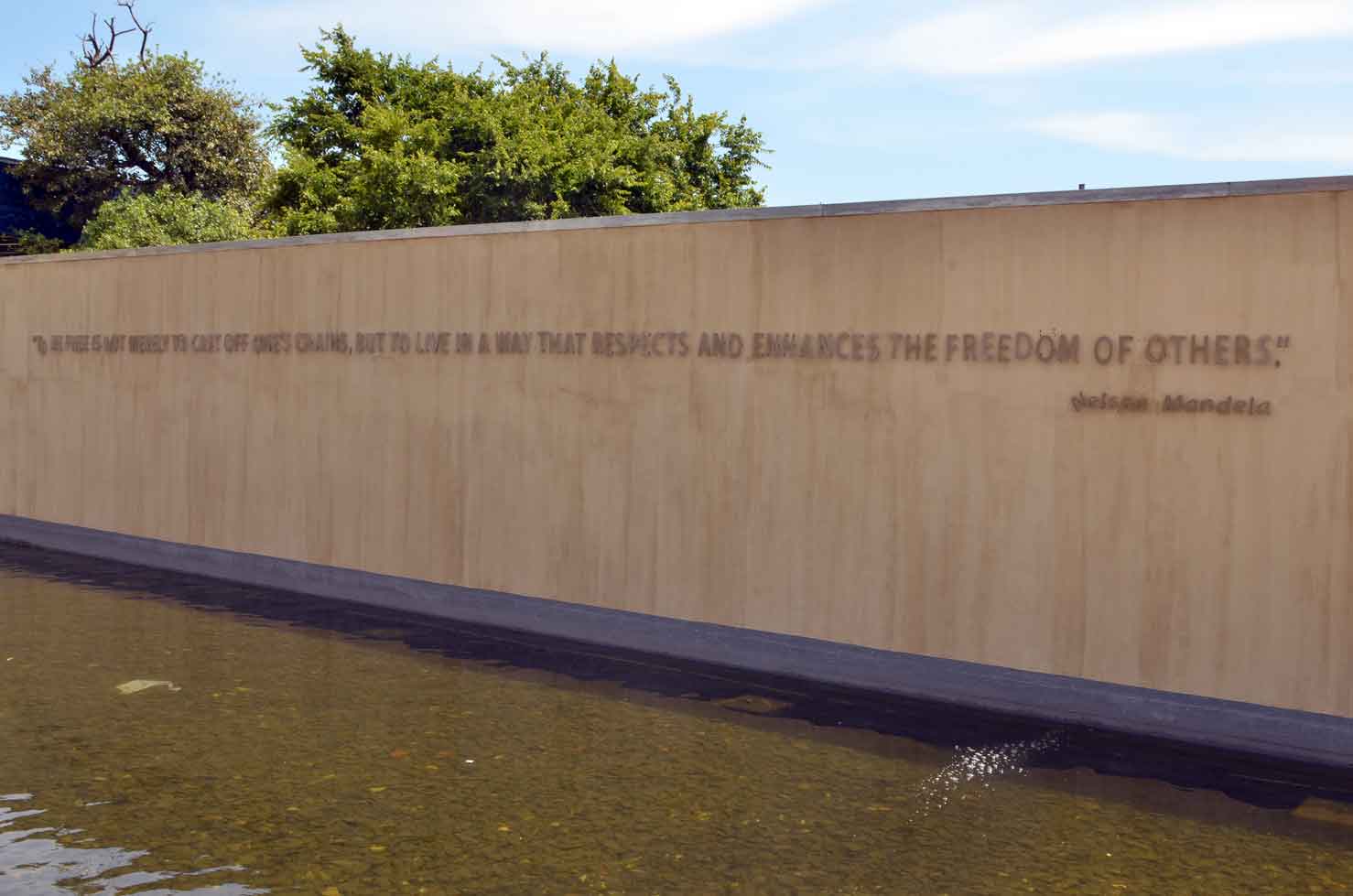
No matter what corner of the world you come from, the quest for freedom remains. We live in a world that still struggles with corruptions of power and racial and economic inequities continue to persist. The Apartheid Museum encapsulates the common aspiration for freedom and equity.
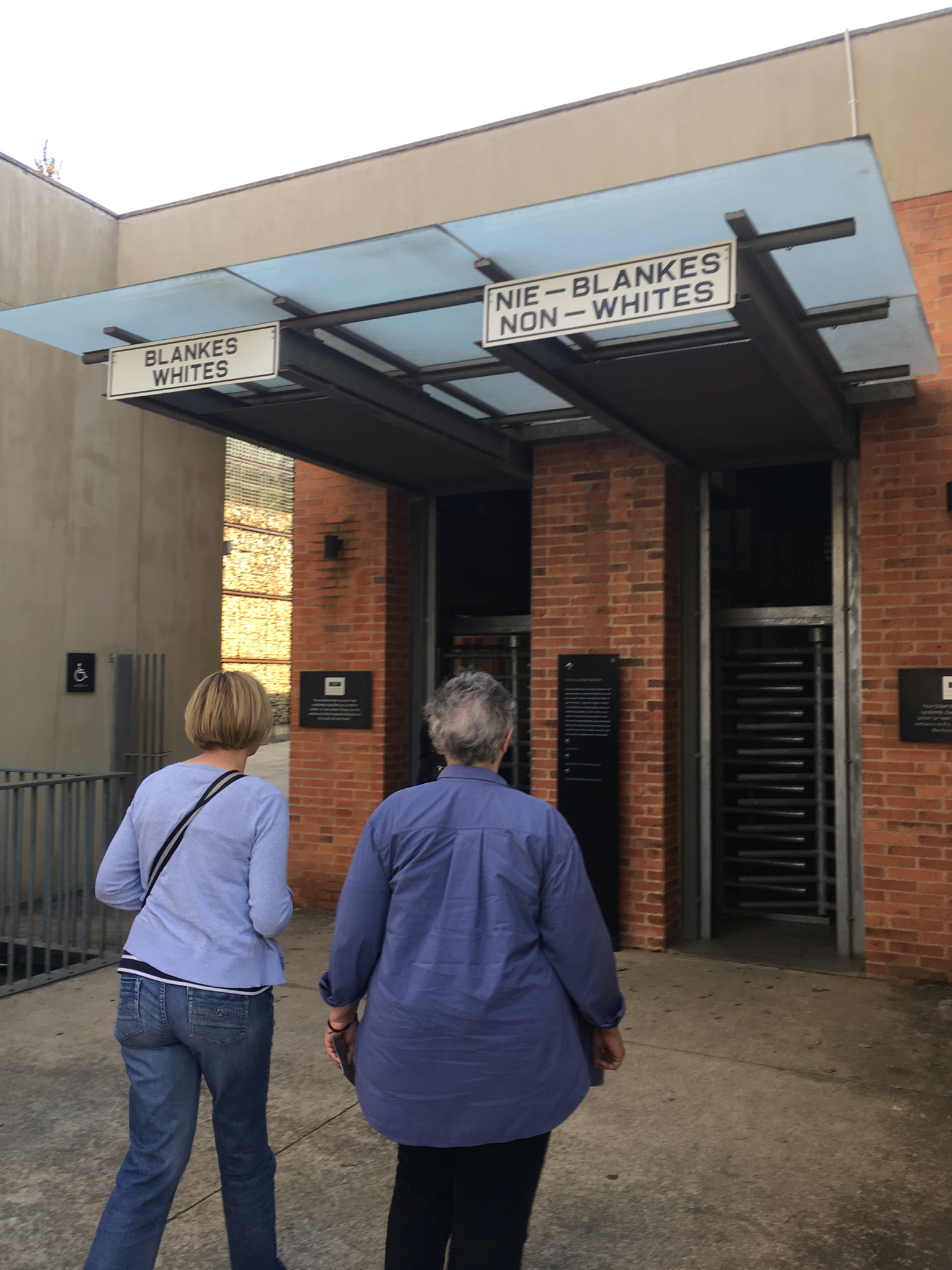
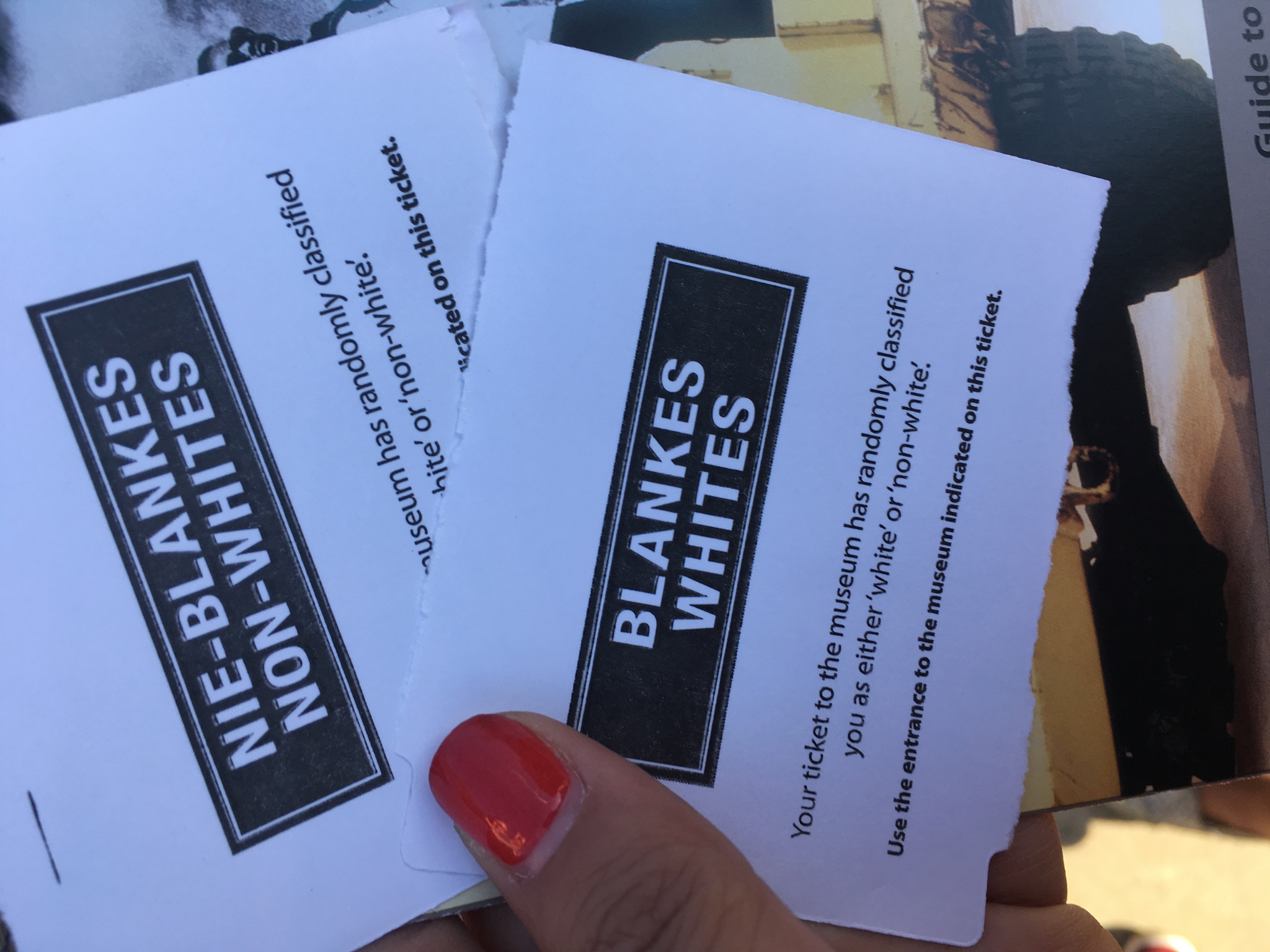
Through its 22 exhibitions, visitors can expect an emotional journey through South Africa’s oppressive past. When you manage to go through all the exhibitions, you’ll see that the museum stands for hope and anyone who visits can leave inspired and hopeful for the future of South Africa.
Aside from showcasing the rise and fall of apartheid, the museum also celebrates the rich diversity of South Africa. The Journeys exhibition illustrates migrants who came to the city of Johannesburg in search of gold in the late 1800’s. The exhibition acknowledges South Africa’s painful past. Although these migration patterns encouraged apartheid due to the fear of racial mixing, this exhibition points to a brighter and forward-thinking future. The migrants have their faces turned back, and as you walk by them, it feels like you are walking past the traces of apartheid. The migrants are all facing towards one direction.
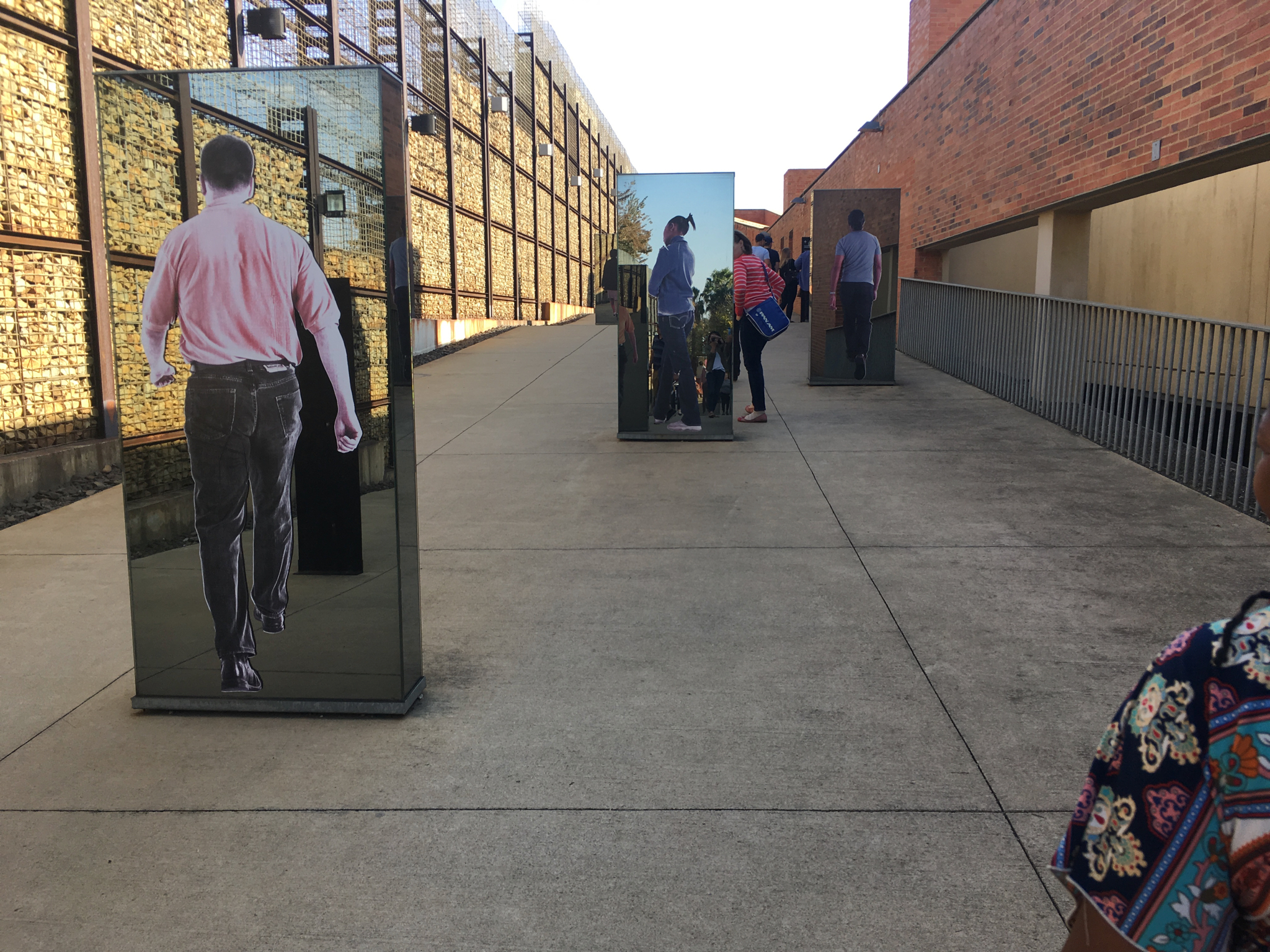
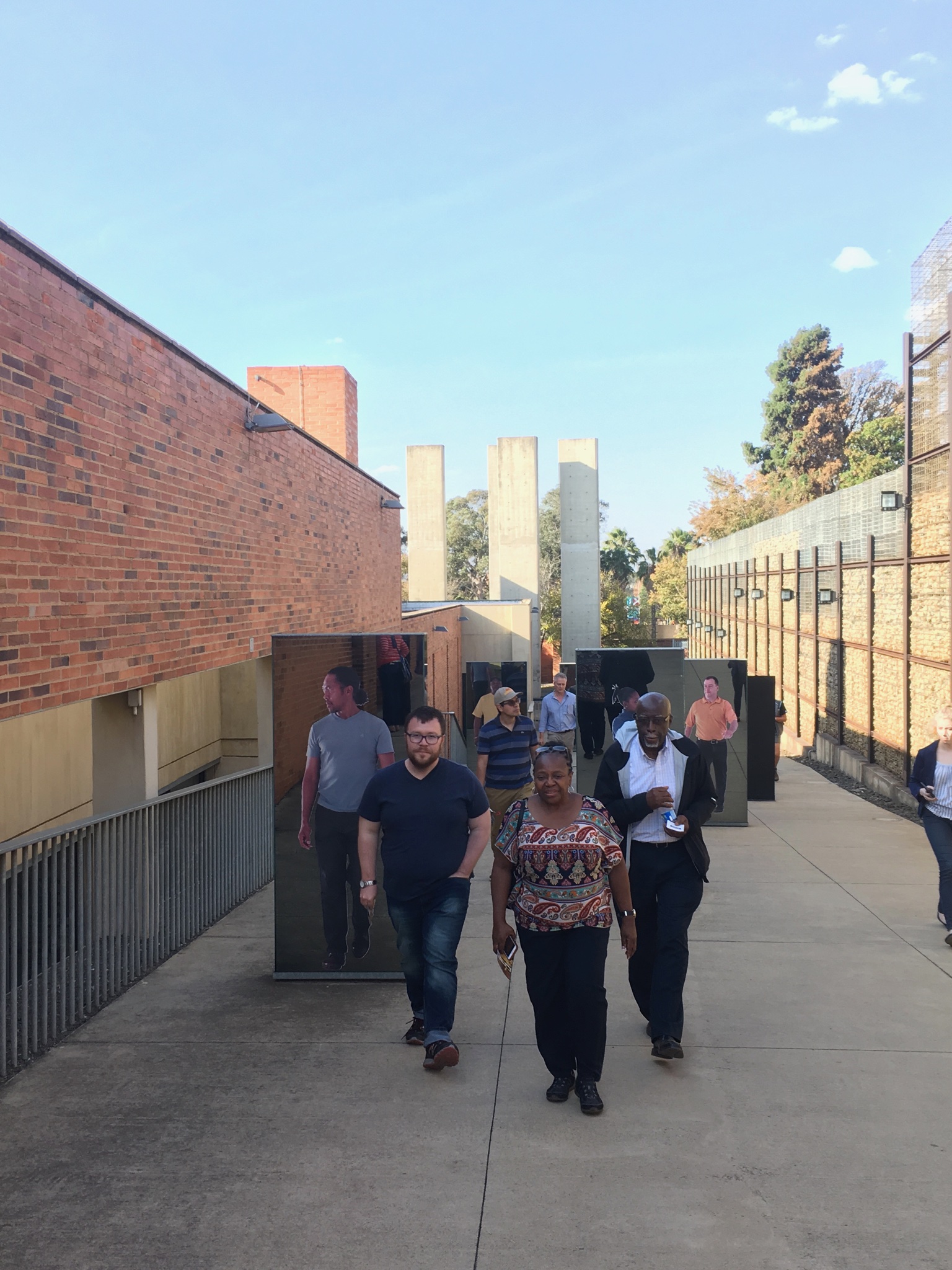
I personally truly appreciated the unique layout of the museum because it provided a space for reflection. It felt as though you were immersed in this difficult journey towards democracy. Upon arriving at the New Constitution exhibition, you’ll see the South African flag on display which was adopted in 1994 and represents the unification of the various ethnic groups and the moving forward into a united “new” South Africa. As a visitor, you are invited to make a pledge to fight against racism and discrimination by taking one of the stones and placing it to the pile of stones.
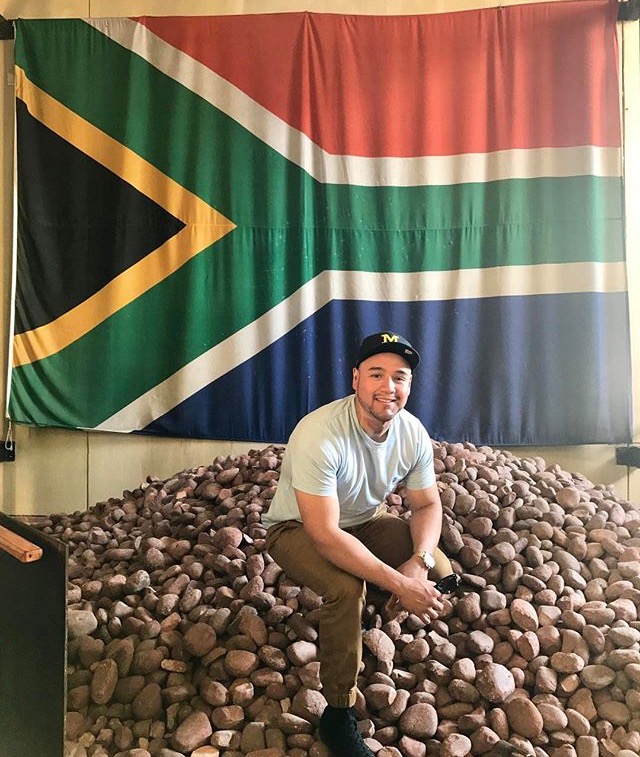
When you arrive to the final exhibition, A Place of Healing, visitors are encouraged to reflect upon the wisdom and leadership of Nelson Mandela by placing a color-assigned stick next to your favorite Mandela quote. Nelson, as a prominent eloquent and inspirational leader is best remembered by his powerful statements. I will leave you with my all-time favorite Mandela quote on leading a meaningful life: “What counts in life is not the mere fact that we have lives. It is what difference we have made to the lives of others that will determine the significance of the life we lead.”
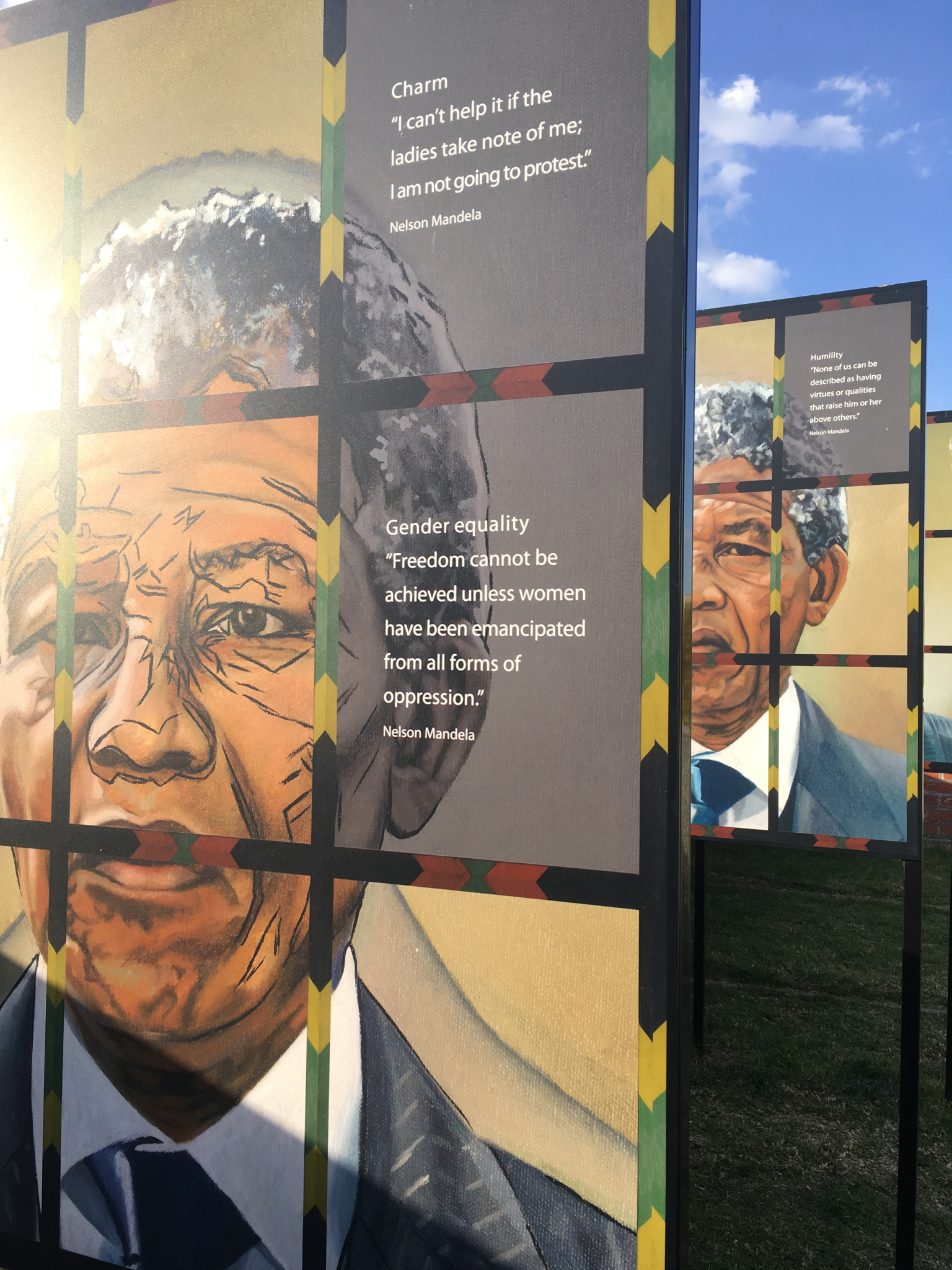
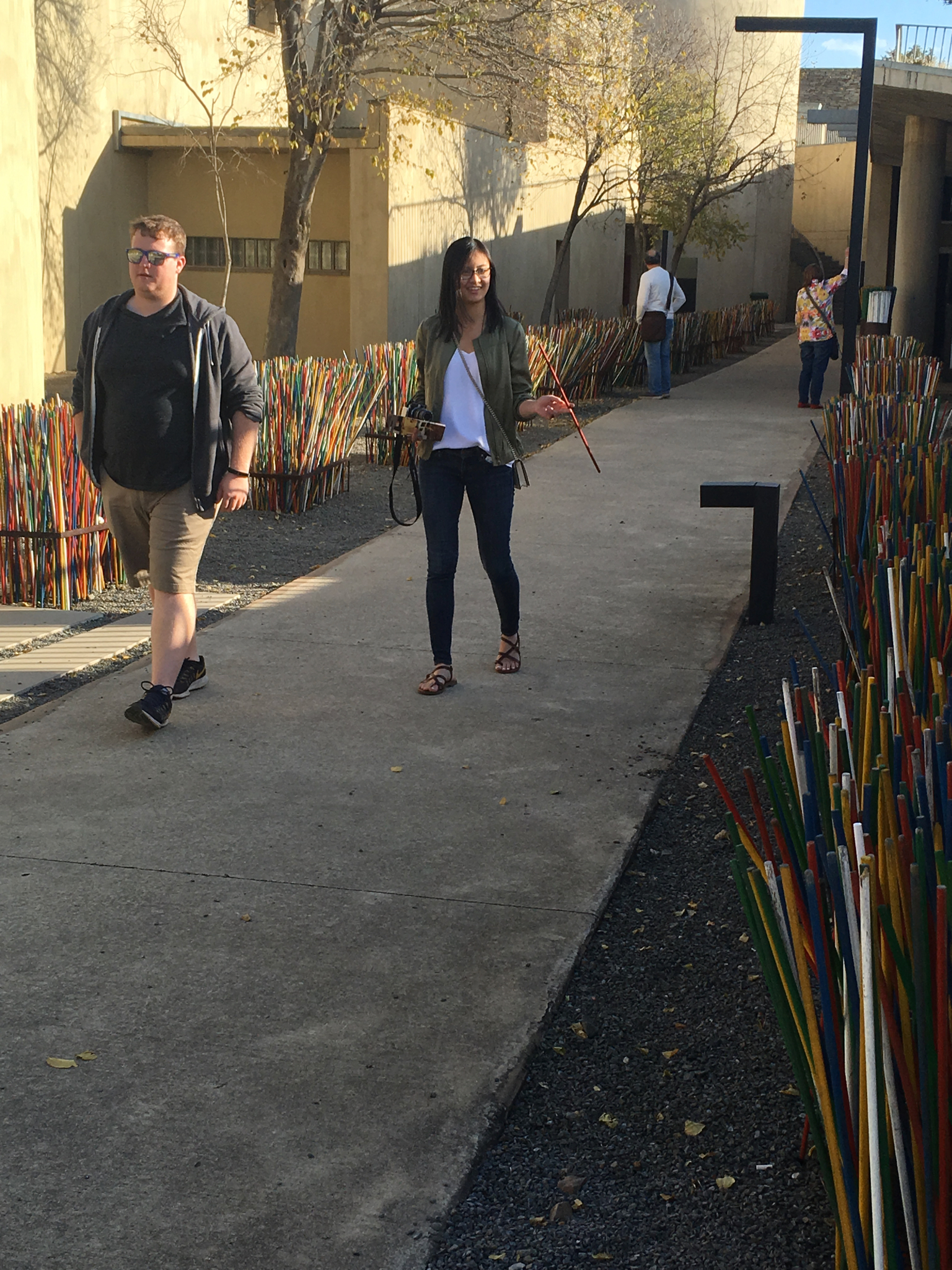
–Rosario Torres, master’s student
